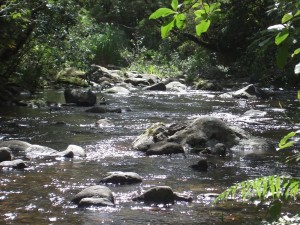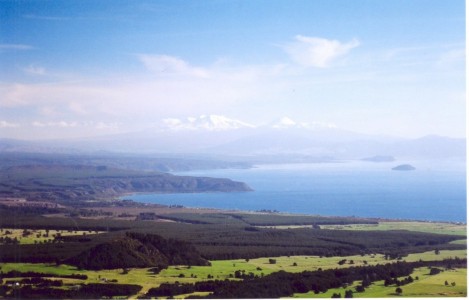Streams, rivers and lakes are an integral part of the Waikato landscape and help form part of the Region’s identity with several iconic waterbodies.
Four types of naturally-formed lakes are recognised in the Waikato Region – peat lakes, riverine lakes, volcanic lakes and sand dune lakes.
The region’s 14 riverine lakes are part of an extensive wetland system that includes Lakes Whangape, Waahi, Waikare and the internationally important Whangamarino Wetland.
There are 31 peat lakes in the Waikato including Lake Rotoroa (Hamilton Lake), Lake Ngaroto and Lake Kainui (D) which form the largest collection of this ecosystem type in New Zealand, whereas volcanic Lake Taupo is the largest lake in New Zealand.
The freshwater ecosystems are inhabited by a range of aquatic life, from tiny zooplankton and phytoplankton, to crayfish and mussels, fish such as eels and galaxiids, and birds that rely on freshwater for all or part of their lives.

Most of the Region’s waterway length (more than 95%) is made up by smaller streams and these in turn are fed by small springs and seepages that support important components of aquatic biodiversity.
Headwater streams drain a wide range of geologies and rise at various altitudes and from a variety of sources, providing a highly diverse range of stream habitats throughout the region.
Most shallow riverine lakes in the Region are now murky and unable to support submerged plants. The hydrology and chemistry of peat lakes, that naturally support specialised plants and animals, have been substantially altered, and riparian and instream habitats of most lowland streams and rivers are degraded.
The Region is fortunate in having scattered areas of protected mountains and hill-country which support relatively pristine headwater streams and have a halo effect on waterways immediately downstream.


